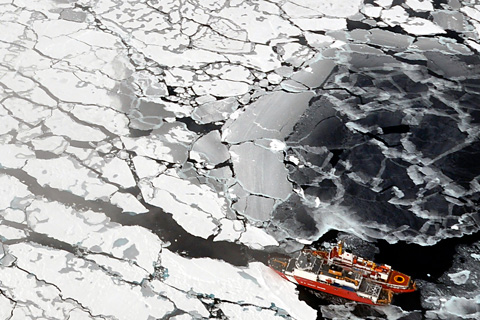
NOAA’s 14th Arctic Report Card recounts the numerous ways that climate change continues to disrupt the polar region, including massive melt of the Greenland ice sheet and major shifts in the distribution of commercially valuable marine species.
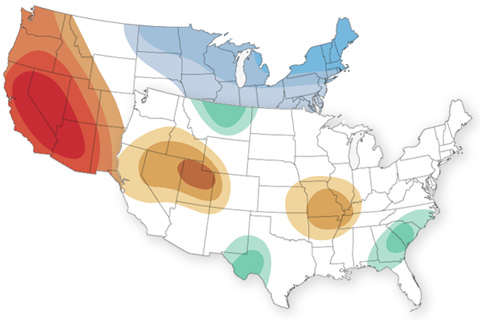
NOAA National Weather Service's Climate Prediction Center released their temperature and precipitation outlook for November. What does it say? Read on to find out.

Weather balloons launched at the South Pole each spring routinely find areas of the Antarctic stratosphere where ozone has been completely destroyed. In 2019, they found no such areas.
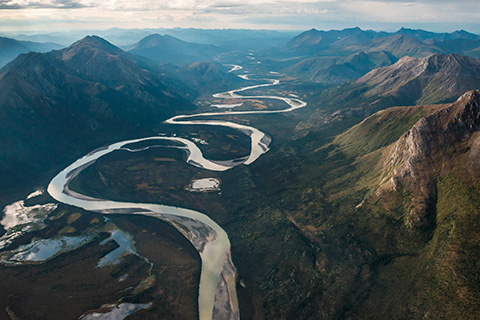
Alaska's natural monuments are of such gargantuan scale that the environment can seem immutable. But a new report from NOAA's Alaska RISA team documents profound changes the state has experienced in just the past five years.

Flash drought engulfs the U.S. Southeast in September 2019
October 9, 2019

Generated by feeding historic weather observations into a modern computer forecast model, a new NOAA-funded dataset is like a time machine that reconstructs a detailed picture of the global weather every day back to 1836.
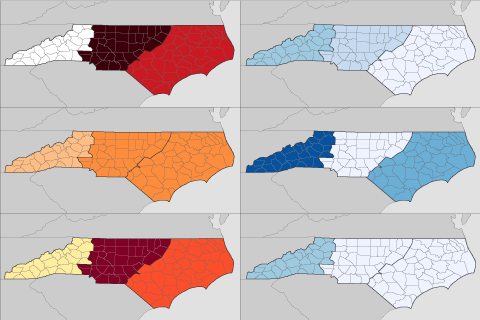
Women from states in the U.S. Southeast have the highest rates of premature deliveries in the country. Extreme heat plays a role.
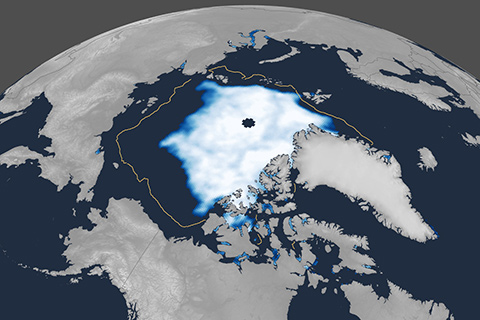
In 2019, the area of the Arctic Ocean where the summer sea ice cover was at least 15 percent tied with 2007 and 2016 as the second-smallest on record.
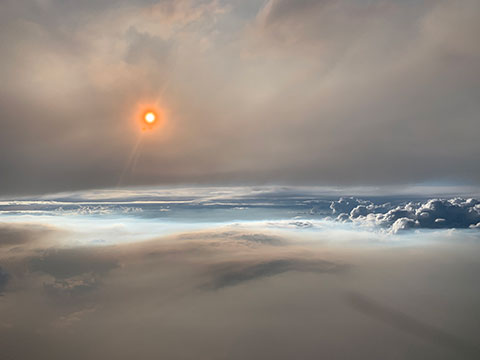
If you missed our August 29 tweet chat, here's the transcript. Read what the fire and smoke experts had to say about the FIREX-AQ field campaign and its mission to study what's in the smoke from wildfires and agricultural burning.
